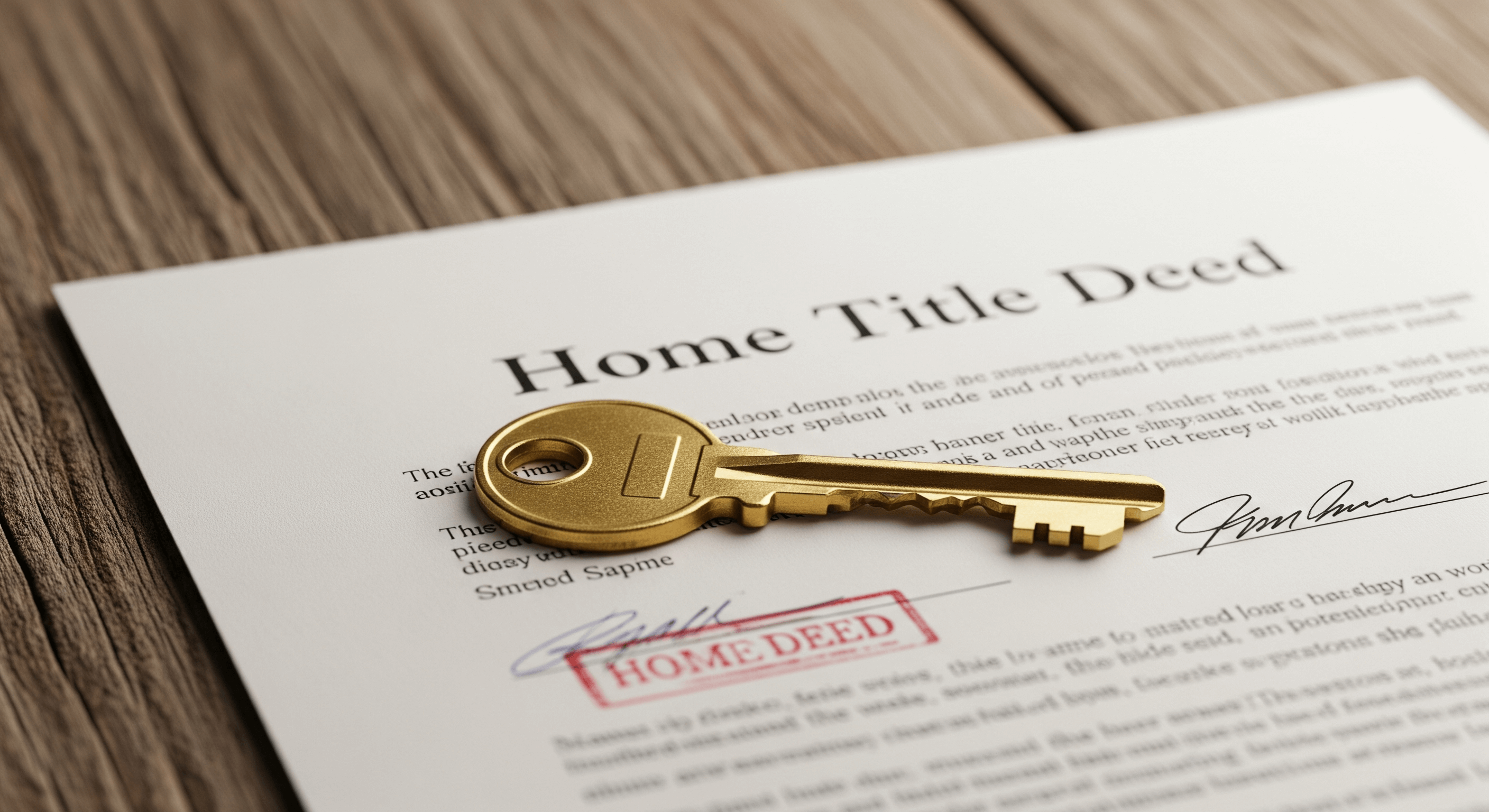Rising or falling interest rates can make or break your home-buying power—especially in high-demand markets like California and Texas. A home that fits your budget at a 6% rate might become out of reach at 7.5%. Understanding the impact of interest rates on home affordability is crucial for buyers trying to time their move or maximize their purchasing power.
At Invest by Ali, we help buyers in both states navigate rate changes without panic—because timing the market is tough, but knowing how it works gives you the edge. Here’s a clear breakdown of how interest rates affect affordability, monthly payments, and your real-life buying options.
Jump to:
- TLDR – Quick Guide
- What Happens When Interest Rates Change?
- Why It Matters in California
- Why It Matters in Texas
- Key Takeaways
- FAQs
TLDR – Quick Guide
- Interest rates directly affect your monthly mortgage payment.
- A 1% rate increase can reduce your purchasing power by 10% or more.
- California buyers feel rate hikes more due to higher home prices.
- Texas buyers may qualify more easily but still face budget shifts.
- Invest by Ali helps clients adjust strategies in real time as markets and rates change.
What Happens When Interest Rates Change?
Your interest rate determines how much you pay to borrow money for your home. Even a small rate shift can significantly change your monthly mortgage payment, which affects your loan approval amount and total home budget.
Example: $600,000 Mortgage at Different Rates
- At 6% interest: ~$3,600/month (principal & interest)
- At 7.5% interest: ~$4,200/month
That’s a $600/month difference, which could be a dealbreaker for many buyers—or the difference between affording Irvine vs. another OC suburb.
Why It Matters in California
- Home prices are much higher, especially in coastal areas like San Diego, LA, or Orange County.
- Even small rate changes can push buyers out of preferred neighborhoods.
- Jumbo loans (common in CA) often have stricter rate sensitivity.
Invest by Ali’s Take: California buyers should stay nimble—rates may limit your price range, but smart negotiation or mortgage buydowns can keep deals alive.
Why It Matters in Texas
- Home prices are lower than CA, but property taxes are higher, affecting monthly costs.
- Texas markets (like Austin, Dallas, and Houston) move fast, and low inventory + rising rates can price out buyers quickly.
- Many first-time buyers rely on FHA or VA loans, which have caps tied to affordability.
Invest by Ali’s Take: Texas buyers may have more flexibility—but should still lock rates early and shop lenders aggressively.
How to Stay Ahead When Rates Rise
1. Know Your “Comfort Budget”
Don’t shop at the top of your approval limit. Build a buffer so rate shifts don’t leave you scrambling. Focus on monthly payment, not just home price.
2. Explore Rate Buydowns
You can negotiate a seller-paid rate buydown—where the seller covers part of your interest for the first 1–3 years. This strategy is gaining popularity in both CA and TX.
3. Consider Adjustable-Rate Mortgages (ARMs)
In some cases, ARMs offer lower initial rates for the first 5–7 years. If you plan to sell or refinance, this could offer short-term savings.
4. Lock Your Rate
Once you’re under contract, lock in your rate ASAP. Waiting can cost thousands if the market shifts before closing.
5. Shop Lenders, Not Just Homes
Rates and fees vary dramatically between lenders. Invest by Ali helps clients compare offers—not just home listings—to maximize buying power.
Key Takeaways
- Interest rates are one of the biggest drivers of affordability, especially in high-cost markets like California.
- In Texas, buyers may feel less sticker shock—but property taxes and rate shifts still add up fast.
- A small rate change can mean hundreds more per month in your mortgage payment.
- Stay flexible with your strategy: buydowns, ARMs, and timing can all help you adapt.
- Invest by Ali works with buyers to adjust game plans fast—so rising rates don’t stall your progress.
FAQs
How much does a 1% interest rate increase affect affordability?
Roughly 10% less buying power. For example, if you could afford a $700,000 home at 6%, that might drop to $630,000 at 7%.
Are rates expected to keep rising?
Rates fluctuate based on inflation, Fed policy, and market conditions. While forecasts vary, being prepared for small increases is wise.
Should I wait for rates to drop before buying?
Not necessarily. Prices may rise as rates drop, and competition could heat up. It’s often better to buy when you find the right home and refinance later.
What’s a rate buydown and how does it work?
A rate buydown lets the seller or builder pay upfront to lower your mortgage rate temporarily or permanently. It’s a great tool in slower markets.
How does Invest by Ali help with rate navigation?
We work with trusted lenders, run payment scenarios, and help buyers understand how to stretch their budget wisely—without overextending.




